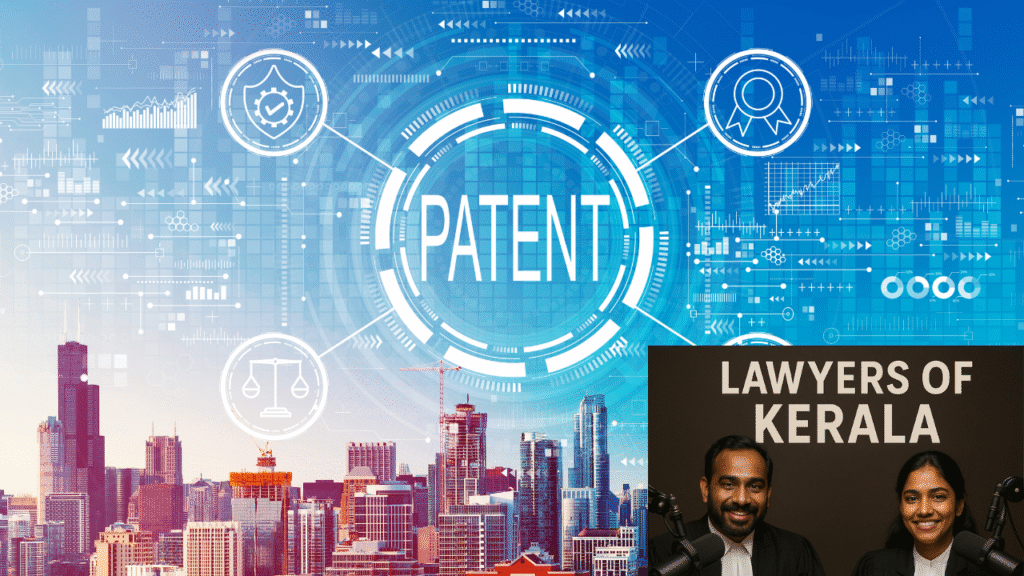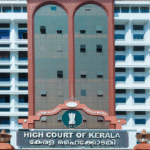Patent Law – Appeal under Section 117A of the Patents Act, 1970 – Rejection of Patent Application under Section 15 – Inventive Step – Obviousness – Amendment of Specifications – Consideration of Post-Filing Evidence.
DONG YANG PC, INC v. CONTROLLER OF PATENTS AND DESIGNS
HIGH COURT OF DELHI
C.A. (COMM.IPD-PAT) 60/2024
HON’BLE MS. JUSTICE MINI PUSHKARNA
Key Issues:
Whether the appellant’s invention, a ‘Vertical Rotary Parking System,’ lacked an inventive step and was merely a workshop modification of its prior art (document D-5), thereby being obvious to a person skilled in the art?
Whether the Controller of Patents and Designs (“Controller”) was justified in rejecting the appellant’s application for amendment of specifications to include and explain technical advancements over the newly cited prior art D-5?
Whether post-filing technical evidence, such as a stress analysis report, can be considered to demonstrate inventive step and technical advancement?
Facts: The appellant, DONG YANG PC, INC, filed an Indian Patent Application (No. 2554/DEL/2013) for a ‘Vertical Rotary Parking System’ [1, 2.1]. The Controller rejected the application under Section 15 of the Patents Act, 1970, citing a lack of inventive step in view of document D-5 (KR200326138Y1), which was also an earlier patent belonging to the appellant. The Controller held that the invention was a “mere workshop modification” by interchanging male and female coupling elements between the suspension chain and pull gear, and thus obvious. The Controller also refused the appellant’s Form-13 application for amendment to the specifications, stating that D-5 was the appellant’s own prior art and should have been disclosed at the time of filing. The appellant contended that its invention provided significant technical advantages, including reduced friction, lower noise, enhanced safety, and improved structural integrity, over D-5.
Held: The Delhi High Court set aside the impugned order dated April 12, 2024, and remanded the matter to the Controller of Patents and Designs for de novo consideration [36.1, 36.2]. The patent application (No. 2554/DEL/2013) was restored to its original number [36.3]. The Controller was directed to grant the appellant a hearing and decide the matter afresh within four months, by an officer other than the one who passed the impugned order, uninfluenced by the previous decision [36.4, 36.5, 36.6, 37].
Reasoning:
Inventive Step/Obviousness:
The Controller’s finding that the invention was a “mere workshop modification” and lacked inventive step was untenable because it was not supported by authoritative documents or specific reasons demonstrating how the appellant’s reconfiguration of coupling elements was an obvious modification.
Simplicity is not a bar to patentability; even simple changes can introduce discernible and substantive differences leading to a new invention.
The time gap of approximately 10 years between the publication of prior art D-5 (September 2003) and the filing of the subject application (August 2013) is a significant factor. If the modification was truly obvious, any third party could have made it during this period, which did not happen.
The Controller’s invocation of “common general knowledge” to dismiss the inventive step was flawed and unsubstantiated, as no specific source or precise element of such knowledge was provided.
Amendment of Specifications:
The Controller erred in rejecting the appellant’s amendment application. While the appellant was enjoined to disclose prior art D-5 at the time of filing, if a prior art is introduced by the Controller during pendency, the applicant has a right to address such issues by amending the specifications.
Refusal to consider the amendment on merits, especially when the Controller relied on the prior art for objection, violated the principles of natural justice.
There is no specific bar for amendment even at a subsequent stage (including appeal) as long as it satisfies the conditions under Section 59 of the Patents Act, meaning the amendment is not inconsistent with the original specifications and does not expand the claims.
Consideration of Post-Filing Evidence:
The Technical Evidence Affidavit filed by the appellant, including a stress analysis report, should be considered. Evidence developed after the patent grant is not excluded from consideration when it supports understanding the invention’s full range of advantages and corroborates technical advancements disclosed in the specifications, especially when responding to concerns like the absence of comparative data.

